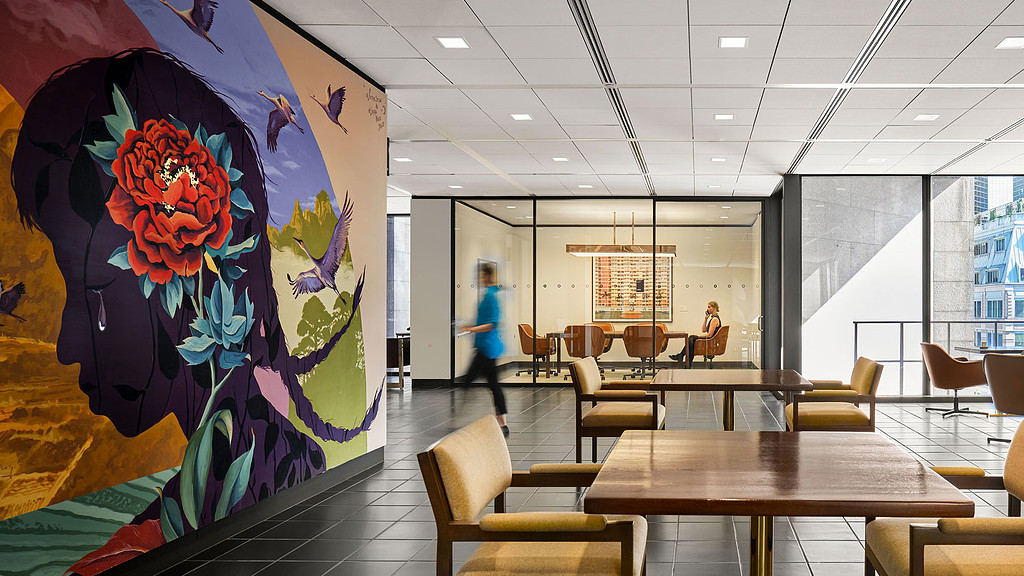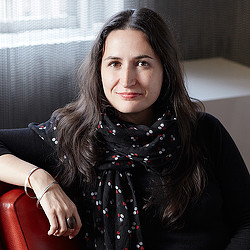What Not-for-Profits Can Teach Us About Equity and Inclusion
June 15, 2020 | By Bevin Savage-Yamazaki
“We are caught in an inescapable network of mutuality, tied in a single garment of destiny. Whatever affects one directly, affects all indirectly.”
—Dr. Martin Luther King, Jr.
In a recent letter to friends and colleagues, Ford Foundation President Darren Walker reflected upon those powerful words by Dr. King. Walker wrote, this “inescapable network of mutuality” not only ties us together — “it’s the way we serve, and give to, and honor, and love one another — especially in times of trial.”
At a time of social unrest, uncertainty, and isolation, philanthropic organizations like the Ford Foundation are leading the way on acting upon issues of inclusion and equity because they are already oriented in one important way: They understand that the work they do is part of something greater than themselves.
For-profit corporations can take a cue from this selfless stance. Not-for-profits undertake bold and ambitious initiatives by leading through advocacy, community, and empathy, and we can all learn from these organizations about the way they operate, their priorities, and their humanity.
In the past weeks and months, we have seen many of our not-for-profit clients step up and lead by example during a time of major health, social, and economic crisis. Through conversations with our clients, we have heard some powerful themes and commonalities being expressed, including the importance of citizenship; creating meaningful social change; and health and wellness.
Here are five lessons that the corporate world can learn from our not-for-profit clients about leading through times of change:
1. Create social impact by cultivating community.Our not-for-profit organizations are our communities’ integral support network. They put empathy first and build unity in the face of division. Our clients are connecting with their communities in a range of ways, through partnering with like-minded institutions and reworking programs to better meet their communities’ current and evolving needs.
Partnerships allow not-for-profits to leverage shared resources and maximize their potential for success. As the U.S. gradually reemerges from a pandemic, Reimagining the Civic Commons— a national initiative to advance ambitious social, economic, and environmental goals through public space — has expanded their reach by adding five new cities, including Lexington, Ky.; Macon, Ga.; Miami; Minneapolis; and San José, Calif. All are making strategic investments in parks libraries, trails, and community centers. This increased social impact is made possible by the Knight Foundation in partnership with The JPB Foundation, The Kresge Foundation, and The William Penn Foundation.
Leaders at these foundations acknowledge that a healthy civic commons is key to the nation’s recovery from COVID-19, allowing cities to rebuild social capital and create more equitable and resilient communities.
2. Streamline your mission.Our foundations, associations, organizations clients are using this time to clarify their mission to ensure they are making meaningful social impact that addresses the immediate needs to their communities.
The American Civil Liberties Union (ACLU) has long had a mission to preserve and protect the liberties and privileges guaranteed to each individual by the Bill of Rights, including freedom of speech and expression, equal protection under the law, due process of law, and the right to personal privacy. They are currently focused on sharing information and resources to educate Black Lives Matter protesters and allies about their civil rights while holding town halls to strategize what transformational change looks like in our communities in support of our black and brown neighbors.
3. Encourage citizenship and create a culture of giving back.For not-for-profits, there’s a culture of philanthropy that goes beyond the specific communities they serve. These organizations have an integral and authentic philosophy that encourages citizenship and giving back. Many of our not-for-profit clients have put this culture into practice by hosting cocktail hours or lunch-and-learns to bring community organizations in to share their mission and encourage their teams to get involved and donate, or through increased matching ratios to encourage personal philanthropy.
4. Put people first by prioritizing their health and wellness.Philanthropic organizations are focusing on the health and wellness of their teams, who are working at the frontlines of their communities. Our not-for-profit clients are prioritizing their teams’ well-being by focusing on work/life balance as team members shift to remote work. They’re also encouraging open conversations around mental health. Some of these efforts have resulted in early end-of-week closures, discontinuing non-urgent after-hour emails, and ending calls 5 to 10 minutes early to allow workers to stretch and take a quick break between meetings.
5. Upend the paradigm.When the system no long supports the needs of your community, change it. Traditionally, charitable foundations give on average 7% of their endowment each year to their grantees. This ensures they can continue to invest and grow their endowments to continue their philanthropy into the future. With today’s unprecedented civil, social, and economic challenges, many smaller not-for-profits are struggling to survive and support their communities and are looking to the larger foundations for backing.
Five of the U.S.’s leading charitable foundations, including the John D. and Catherine T. MacArthur Foundation; the W.K. Kellogg Foundation; the Andrew W. Mellon Foundation; and the Doris Duke Charitable Foundation, recently pledged that they will look to increase their giving and will do so by changing the philanthropic financial paradigm. This radical effort, led by the Ford Foundation, who has pledged to borrow over $1 billion outside of their endowment by issuing 30- and 50-year bonds, is a highly nontraditional approach for a not-for-profit but it will mean their endowment will remain intact and they can better tackle challenges like social and criminal justice reform, arts funding, and racism. In the near term, they have focused their efforts to rework their approval processes for grants in order to expedite access to funding for immediate support.
This is a time to think about how our cities and communities can be places that celebrate diversity, support our residents, and lead with human experience. As Ford Foundation’s Walker says, “Now is the time for leadership and action — for common cause and common effort.”
To create more equitable, inclusive cities, we need to recognize that we’re all part of something that is greater than ourselves. For nonprofits, that’s always been their focus. And that’s something that the rest of us can learn from, especially in this moment. This is what real leadership looks like.

